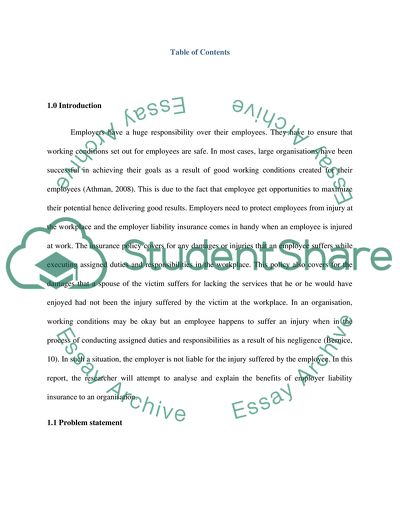Cite this document
(Insurance Policy to an Oganisation Assignment Example | Topics and Well Written Essays - 2779 words, n.d.)
Insurance Policy to an Oganisation Assignment Example | Topics and Well Written Essays - 2779 words. Retrieved from https://studentshare.org/sociology/1840108-the-benefits-of-employers-liability-insurance-to-an-organisation
Insurance Policy to an Oganisation Assignment Example | Topics and Well Written Essays - 2779 words. Retrieved from https://studentshare.org/sociology/1840108-the-benefits-of-employers-liability-insurance-to-an-organisation
(Insurance Policy to an Oganisation Assignment Example | Topics and Well Written Essays - 2779 Words)
Insurance Policy to an Oganisation Assignment Example | Topics and Well Written Essays - 2779 Words. https://studentshare.org/sociology/1840108-the-benefits-of-employers-liability-insurance-to-an-organisation.
Insurance Policy to an Oganisation Assignment Example | Topics and Well Written Essays - 2779 Words. https://studentshare.org/sociology/1840108-the-benefits-of-employers-liability-insurance-to-an-organisation.
“Insurance Policy to an Oganisation Assignment Example | Topics and Well Written Essays - 2779 Words”, n.d. https://studentshare.org/sociology/1840108-the-benefits-of-employers-liability-insurance-to-an-organisation.


